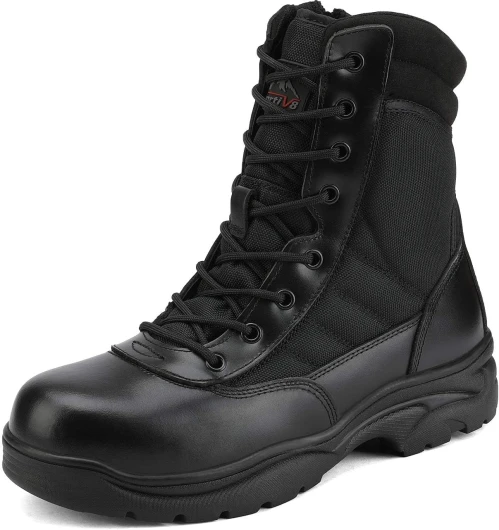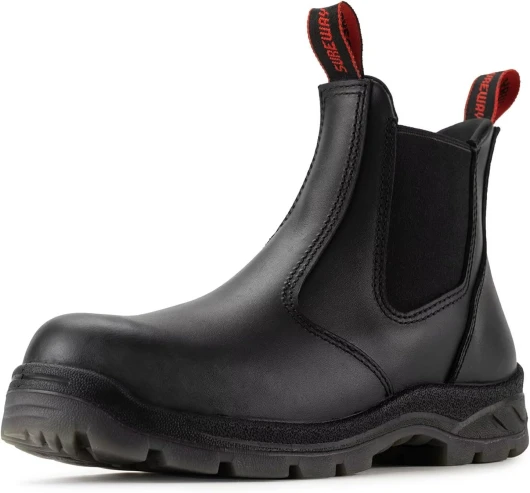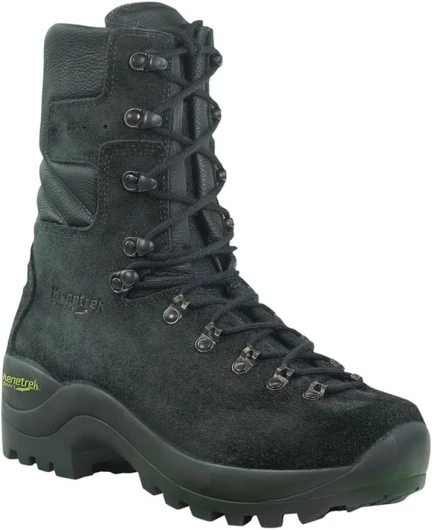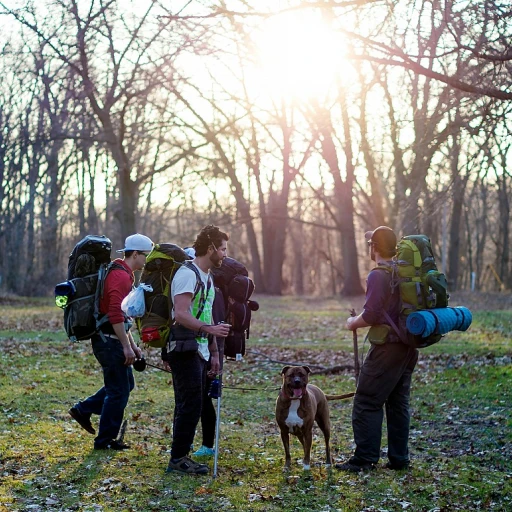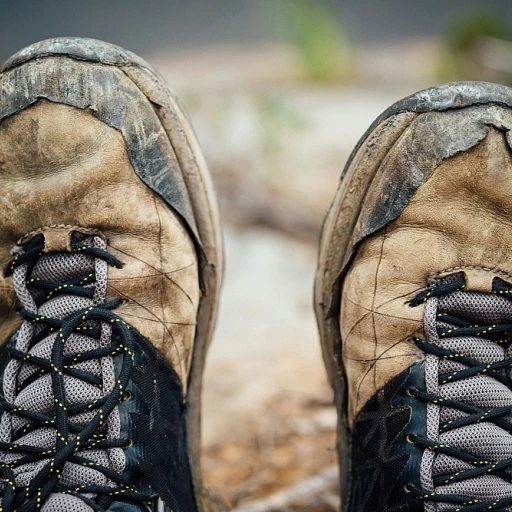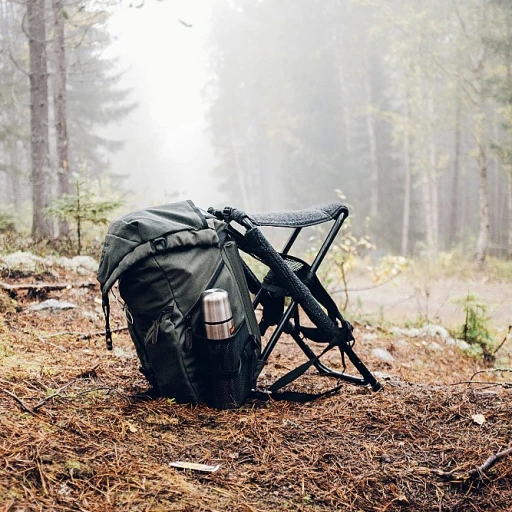
Understanding the Importance of Wildland Fire Boots
The Crucial Role of Wildland Fire Boots
When facing the challenging environment of wildland firefighting, having the right equipment is vital. At the heart of this equipment lie the wildland fire boots, which are indispensable for any firefighter working in such hostile conditions. Unlike traditional hiking boots, these boots are engineered specifically for fire resistance and safety, providing unmatched protection.
The wildland fire boots are meticulously designed to withstand extreme heat and hazardous conditions. They possess a range of features that are crucial for safety, such as being NFPA certified, which ensures they meet the highest fire-resistance standards. Firefighters' well-being is of utmost importance, and thus, these boots also come in options ranging from electrical hazard-rated models to those with reinforced toe caps, suitable for both men and women.
While the price can vary based on features and brands, investing in quality wildland fire boots like those from Haix or Drew is always worth considering. Consultation with other sections of this article would reveal further information on how these boots stand apart from standard hiking boots, top brands, and maintenance strategies for extended use.
Key Features to Look for in Wildland Fire Boots
Essential Attributes of Wildland Fire Boots
When selecting wildland fire boots, there are certain key features that are indispensable for ensuring safety and comfort during rigorous wildland firefighting activities. These boots are not just any ordinary work boot; they are purpose-built to withstand the extreme conditions encountered in the field. Here's a breakdown of the essential attributes you should focus on when choosing a pair of fire boots.
- Material Resilience: Typically, wildland fire boots are crafted from high-quality leather that offers both durability and resistance to heat and flame. This strong material is crucial as it allows the boots to endure high temperatures and rough terrains.
- Conformity to Standards: These boots need to be NFPA certified, meaning they meet the standards set by the National Fire Protection Association. This certification ensures that the boots have been tested for safety, performance, and durability—vital assurances for any firefighter. For more insight into selecting footwear designed especially for women, you might find this comprehensive guide useful.
- Protective Features: The toe protection, often made from composite materials, is essential for offering impact resistance without the weight of steel. This is critical when moving through debris or uneven surfaces.
- Water and Heat Resistance: Effective wildland firefighter boots should provide protection against water and have high heat-resistant soles. These features help in maintaining comfort while navigating through wet or fiery environments.
- Design and Fit: The boots should have a well-thought-out design that offers flexibility and comfort, important for prolonged use. Moreover, available in various sizes, they should cater to diverse needs, including specific models for women.
- Electrical Hazard Protection: Firefighting often involves exposure to potential electrical hazards. Rated boots offer additional safety against such risks, a critical feature in unpredictable wildland environments.
With major brands like Haix, Drew, and White, you can expect a range of options. They offer custom boots to fit specific needs, with varying unit prices reflecting the added features and certifications. Comparatively, only an optimal wildland boot can balance rugged protection and comfort, compared to a regular hiking boot.
Material and Construction: What Makes Them Unique
Material and Craftmanship: What Sets Them Apart
Wildland fire boots must be constructed with materials that endure extreme conditions. The rugged terrain and intense heat of a wildland fire demand boots that are as tough as the firefighters who wear them. You’ll find features in these boots that distinguish them from regular hiking boots, mainly in their composition and construction techniques. For starters, the upper part of a wildland boot is usually crafted from full-grain leather, known for its durability and heat resistance. Leather not only provides essential protection against embers and flames but also offers the flexibility needed for various terrains. NFPA certified boots are typically built to withstand temperatures that would damage or destroy other materials. The construction of the toe area is another critical factor. A composite or reinforced steel toe offers additional protection from equipment or debris. This feature ensures that firefighters can move confidently without risking injury to their feet. The soles of boots designed for wildland firefighting are resistant to high temperatures and often made from a heat-resistant rubber or Vibram material. These sole materials are chosen for their exceptional grip and performance in both wet and dry environments, crucial for maintaining stability on slippery or uneven surfaces. Additionally, wildland boots are crafted with a trench in their design for better traction in loose or soft ground. This helps prevent slips and falls, a key safety consideration during firefighting operations. Each boot showcases intricate craftsmanship, with triple stitching and a rigorous inspection process to ensure they meet safety standards. Brands like Haix and Drew prioritize this in their models, offering not just durability but also comfort for long hours in unpredictable environments. For outdoor enthusiasts interested in discovering more about durable and versatile boot options, perhaps exploring the versatility of trail moc footwear might present further insights into adaptable boot designs.Comparing Wildland Fire Boots to Traditional Hiking Boots
Differentiating Wildland Fire Boots from Traditional Hiking Boots
When delving into the realm of wildland firefighting, the choice of footwear becomes critically important, and distinctions between wildland fire boots and traditional hiking boots emerge. Wildland firefighting necessitates boots that can endure intense heat and rough environments. Here's how they compare:- Purpose-Specific Protection: Unlike regular hiking boots, wildland fire boots are specifically designed to tackle heat and flames. They often come with a higher level of resistance against fire and electrical hazards, making them indispensable on the fireline.
- Material and Construction: Fire boots are commonly made with high-quality leather that is heat-resistant and certified to meet stringent NFPA standards. This contrasts with the materials used in regular hiking boots, where comfort and breathability might take precedence. In fire boots, components like custom boots, rated soles, and reinforced toes (steel or composite) are prioritized.
- Certification and Standards: Wildland fire boots are typically NFPA certified to ensure they meet essential safety standards for firefighter boots. Hiking boots, however, do not usually undergo such rigorous testing.
- Price Considerations: Fire boots, such as those from brands like Haix and White's Boots, often carry a higher price tag due to their specialized construction and certification. For example, boots like the Haix Airpower Pro might have a regular price reflective of its advanced features and NFPA certification, whereas sale prices can make them more accessible.
- Fit and Comfort: While both types of boots prioritize comfort, firefighting boots often are bulkier due to their protective features. They need to fit the foot snugly without compromising on mobility, hence why fitting, sizing, and options for women boots and boots of different toe styles are critical.
- Durability Needs: The arduous conditions faced in wildland firefighting necessitate boots that are both water and heat resistant and can withstand prolonged wear in tough terrain. This can contrast with some hiking boots that may focus more on lightweight designs for longer treks.
Top Brands and Models of Wildland Fire Boots
Spotlight on Renowned Brands in the Firefighting World
For those diving into the field of wildland firefighting, choosing the right boots often comes down to selecting from top-performing brands known for their durability and specialization in fire-resistant footwear. Here's a look at some of the industry leaders, unveiling what sets them apart:- Haix: Recognized for their superior craftsmanship, Haix wildland fire boots stand out due to their attention to detail and adherence to rigorous safety standards. Many of their models, such as the Airpower Pro, are NFPA certified and provide excellent protection thanks to features like steel toes and electrical hazard resistance. These boots are engineered for comfort and endurance during long, arduous tasks.
- White's Boots: This brand has been a staple among firefighters for years, known for their custom boots tailored to specific user needs. Their wildland firefighting boots combine traditional leather craftsmanship with modern safety requirements, making them a popular choice for both durability and comfort.
- Drew: Although they might offer a slightly different approach, Drew boots cater to specific sizing needs, emphasizing comfort and specialized fits. Often available in different widths and sizes, Drew boots ensure that everyone finds their perfect match, which can be crucial in extensive firefighting operations.
Maintenance and Care Tips for Longevity
Prolonging the Lifespan of Your Firefighting Boots
Maintaining your wildland firefighting boots, whether you own a pair of Haix or any other top-rated models, is crucial for ensuring their performance and longevity. Proper care can significantly impact their lifespan, saving you from the frequent expense of purchasing new boots.- Regular Cleaning: After each use, remove dirt and debris from your boots. This is particularly essential for leather boots, as dirt can degrade the material over time. Use a soft brush to scrub off any dirt without damaging the surface. For mud and stubborn residues, a damp cloth can be effective.
- Drying: Always allow boots to dry naturally after exposure to water or sweat. Avoid placing them near direct heat sources as this can crack the leather. Stuffing the boots with newspaper can help wick moisture away.
- Conditioning: Leather boots require regular conditioning to avoid drying and cracking. Use a leather conditioner suitable for nfpa certified firefighter boots at a regular price. Conditioning also helps maintain the water-resistant properties of the leather.
- Inspection: Regularly check for signs of wear and tear, particularly around the seams and the toe area. Early detection of issues, such as a failing stitch or deteriorating leather, can help in timely repairs.
- Storage: Store boots in a cool, dry place, away from direct sunlight. Using boot shapers can help maintain their shape, especially for boots with lace-up designs commonly found in custom boots and those certified for electrical hazard resistance.
- Sole Maintenance: The sole is crucial for grip and comfort in wildland environments. Regularly check its condition and clean out any lodged stones or debris to ensure continued performance.

